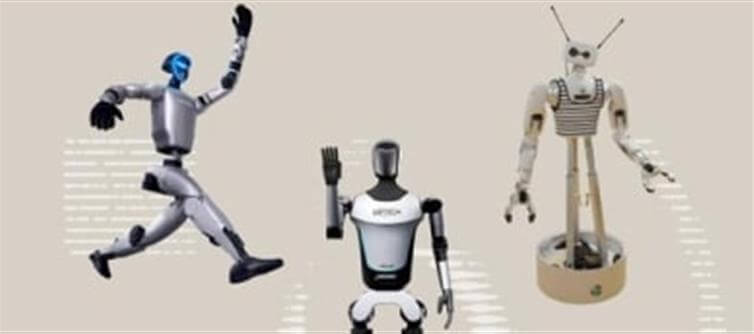
Runway, the New York-based AI company best known for generating cinematic video and photo content, is now stepping into an unexpected frontier: robotics. After seven years fine-tuning its world models for the creative industry, the company is leveraging its technology to simulate reality—not just for filmmakers, but for machines learning to navigate the real world.
Runway’s most recent breakthroughs, including its Gen-4 video generator and Aleph editing tool, caught the attention of robotics and self-driving car companies. These industries face a costly, time-consuming challenge: training robots and autonomous vehicles in unpredictable, real-world environments. Enter Runway’s hyper-realistic simulations.
“With our models, you can recreate the same scene endlessly, changing just one variable—like a car’s turn or a robot’s reaction—and see the outcomes,” explained Anastasis Germanidis, Runway’s co-founder and CTO. “That kind of control is almost impossible in physical testing.”
The potential is clear. Instead of replacing real-world training, Runway offers a way to scale it, accelerate it, and test edge cases safely. It’s a shift that mirrors moves by giants like Nvidia, which recently unveiled updated world-modeling tools for robotics.
Runway isn’t building an entirely new product line but will fine-tune its existing models while spinning up a dedicated robotics team. Backed by over $500 million in funding from heavyweights like Nvidia, Google, and General Atlantic, and currently valued at $3 billion, the company is betting big on simulation as the universal key.
As Germanidis puts it: “Our principle is simple—build better representations of the world. Once you have that, the industries and use cases multiply.”
The result? Runway is no longer just generating videos. It’s scripting the future of intelligent machines.




 click and follow Indiaherald WhatsApp channel
click and follow Indiaherald WhatsApp channel